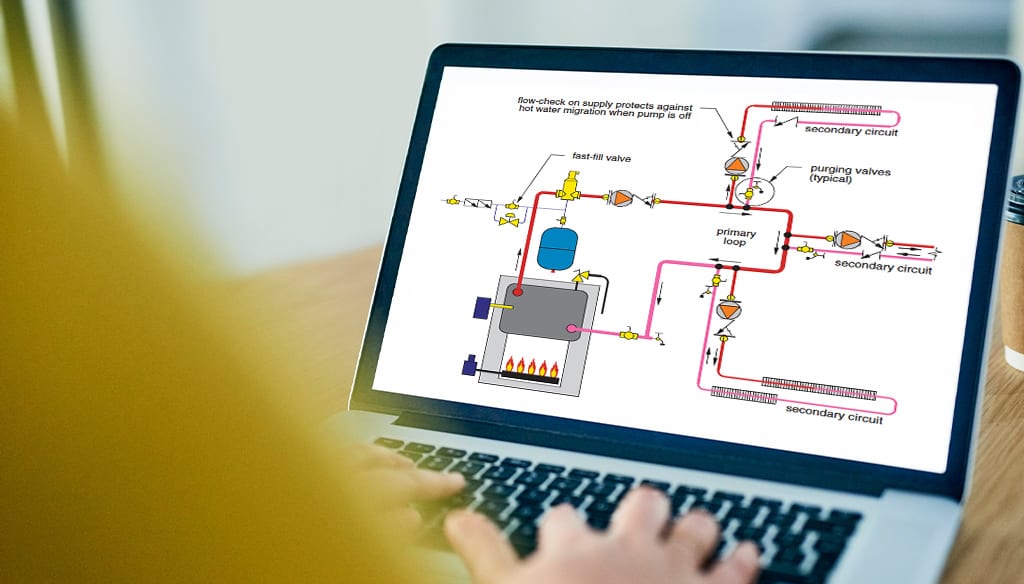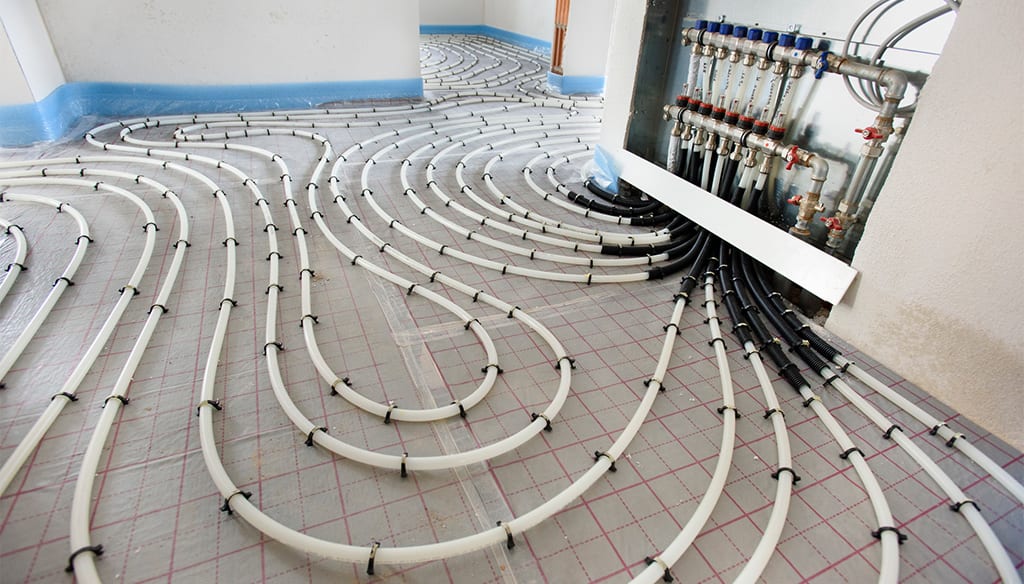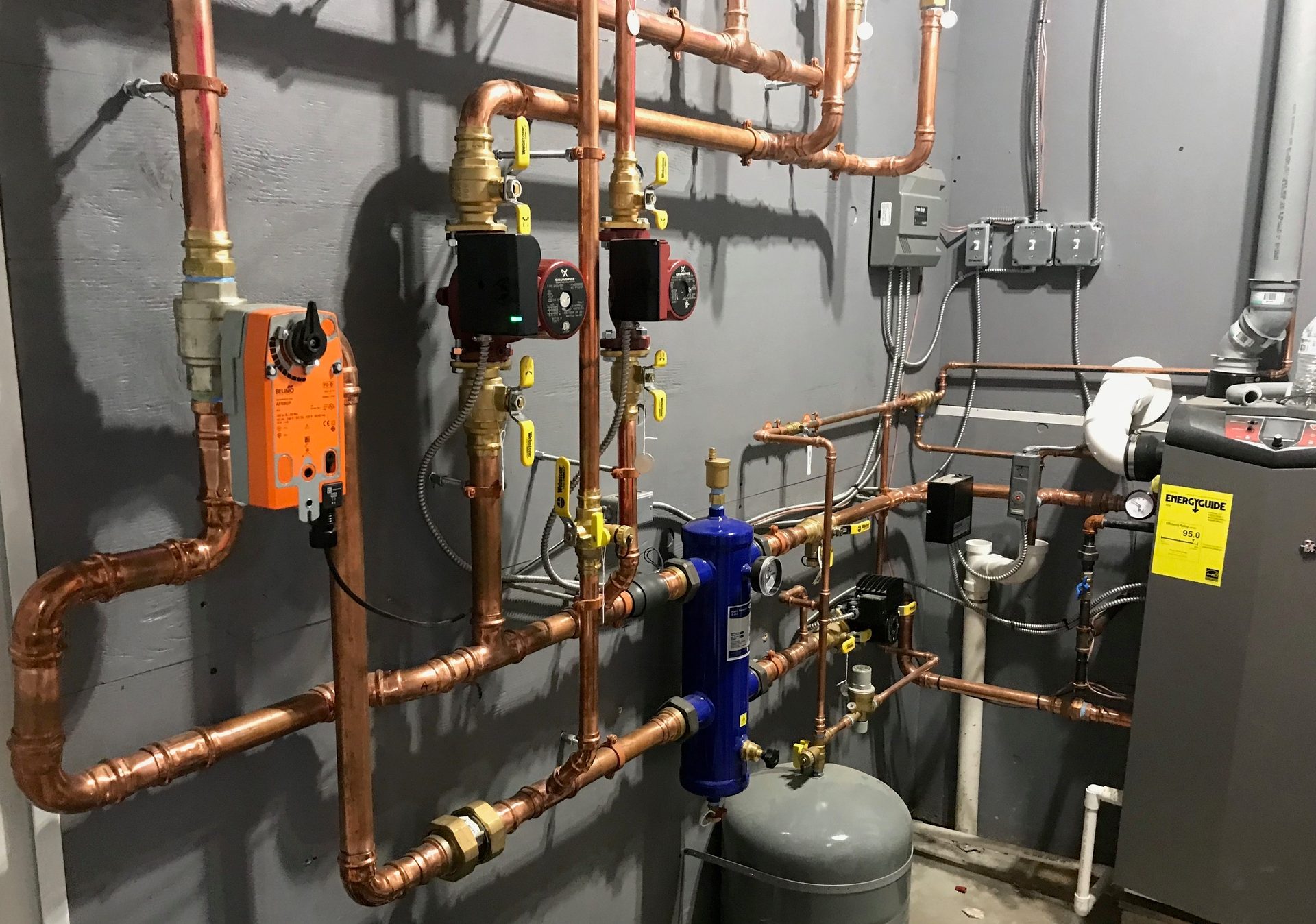TABLE OF CONTENTS
We’re celebrating John Siegenthaler’s 25th anniversary as a Plumbing & Mechanical columnist. Siggy, a well-respected hydronics expert, is a consulting engineer and principal of Appropriate Designs in Holland Patent, New York. His Hydronics Workshop column is the most-read column on www.pmmag.com. This eBook features Siggy’s most-read content from both Plumbing & Mechanical and PM Engineer, covering topics ranging from piping to thermal storage tanks to the dos and don’ts of hydronic system design.
John Siegenthaler’s Top 25 most-read articles

When and how to use reverse return piping
In many hydronic systems, there’s a need to divide the overall system flow into equal streams that pass through several identical components.
The do’s and don’ts of 3-way thermostatic valves
Tips for properly installing these mixing valves in radiant heating systems.
The do’s and don’ts of hydronic system design
Tips and tricks for designing hydronic systems.
10 things to avoid when designing hydronic heating systems
Little nuances can bring a system that is 99.9% correctly designed and installed to a virtual standstill.
Check valves don’t always work as intended
Check valves are an essential part of the hardware media designers use to create hydronic systems.
Flow rate, heat output and Delta-T
The relationship between the heat output of a hydronic circuit and the flow rate passing through it is not proportional.
Water-to-water heat pumps
The ability to function as both a heating and cooling system is the biggest attraction of heat pump systems, especially in mid to lower latitudes.
Different ways to pipe a thermal storage tank
Four-pipe versus two-pipe.
How to properly size finned-tube baseboard heat emitters
Have a look at the rating tables for most finned-tube baseboard sold in North America, and chances are, you’ll see a footnote.
The finer points of applying a 2-pipe buffer tank
Buffer tanks can be piped in several different ways.
Primary/secondary piping: Back by popular demand.
Primary/secondary piping is a versatile piping method that’s increasingly being used as the backbone of modern multi-load/multi-temperature hydronic systems.
A simulation model for diverter tee systems
How to apply the analytical concept of hydraulic resistance to analyze the hydraulic and thermal performance of systems using diverter tees.
Cold climate air-to-water heat pumps
Electrically powered heat pumps, in many varieties, are destined to play an increasing important role in heating and cooling buildings around the world.
Multiple boiler systems
The use of multiple boiler systems in residential and light commercial buildings will continue to grow as more designers recognize the benefits they offer.
Selecting a primary loop circulator
The myths and the facts.
Continuous circulation in floor-heating circuits
Continuous circulation and floor heating can work hand-in-hand commercial, industrial and residential projects.
Alternate methods to pipe a buffer tank
Common arrangements for buffer tanks.
Creating multiple water temperatures in hydronic heating systems
Various ways to provide multiple water temperatures from a single heat source.
Estimating heat loss from copper tubing
Copper tubing connecting the components of many hydronic systems releases heat to its surroundings, compromising the system’s ability to deliver heat precisely where and when it’s needed.
Sizing baseboard
What method do you use for sizing fin-tube baseboard?
Injection versus 4-way valves
In low-temperature radiant heating and snow-melting applications, the two most common mixing device options are 4-way motorized mixing valves and variable speed injection pumping.
Pumping away — from what?
Not from the boiler, but from the point of no pressure change.
Beyond closely spaced tees
Several products that extol the virtues of primary/secondary piping.
How to eliminate ghost flow and recirculation issues
Don’t repeat design mistakes.
Differential pressure bypass valves: The key to a quiet zoned system
DPBVs can prevent circulator problems in a zoned distribution system.



